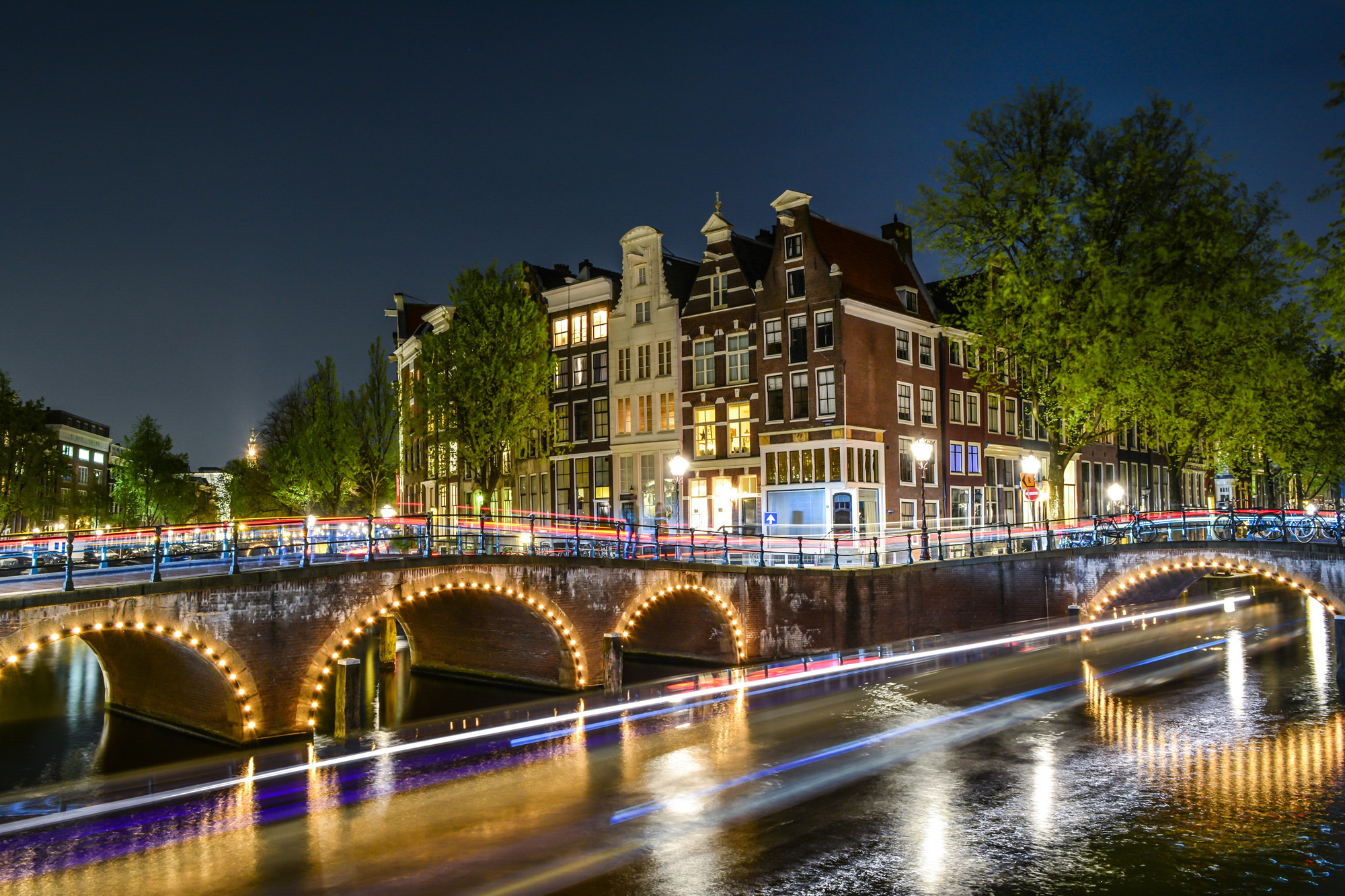
MIT researchers have created robotic boats, or roboats, and a corresponding algorithm that enables them to easily reshape and form larger platforms.
The innovation is being trialled in Amsterdam and will be used to create a temporary 60-metre bridge later this year as part of a broader initiative.
The algorithm ensures that the boats are able to plan and track their movements while also interacting with other robotic boats to connect and form larger platforms that can be used to create a bridge, or individually transport people and goods.
The autonomous system can create bridges that quickly break apart to allow ships through, before reforming, or function as transport systems themselves. The project is part of the ongoing “Roboat” initiative: a joint project with the Amsterdam Institute for Advanced Metropolitan Solutions (AMS Institute).
MIT notes that “in the future, Amsterdam wants the roboats to cruise its 165 canals, transporting goods and people, collecting trash, or self-assembling into “pop-up” platforms to help relieve congestion on the city’s busy streets.”
A key challenge the researchers had to overcome was learning how to make the robots communicate and connect as groups. If each robot was given the capabilities to locate the others and decided when to join together or break apart, this would require complex control techniques and a high level of communication. The researchers found that doing this slows down the robots and makes them less efficient.
The tests are currently being conducted using 3D-printed quarter-scale models. The project leads hope to scale them up to four-metre-long platforms. The cost has not been disclosed.
Roboats: The Future for Canal Transport?
To get around this problem they created two different types of robot boats; coordinators and workers. Workers have actuators that help to steer the craft along chosen routes. Coordinators use GPS to navigate and are equipped with an inertial measurement unit. When the coordinator connects to a worker it forms a connected-vessel platform (CVP), typically this comprises one coordinator and two workers.
The robot boats measure one meter long and a half-meter wide. Each boat is equipped with four propellers, automated latching mechanisms, sensing systems and wireless-enabled microcontrollers. The overall goal is to create a system where the autonomous boats can continually work to support public transport around the canal system.
Carlo Ratti, director of MIT’s Senseable City Lab commented that: “This will be the world’s first bridge comprised of a fleet of autonomous boats.”
“A regular bridge would be super expensive, because you have boats going through, so you’d need to have a mechanical bridge that opens up or a very high bridge. But we can connect two sides of canal [by using] autonomous boats that become dynamic, responsive architecture that float on the water.”






